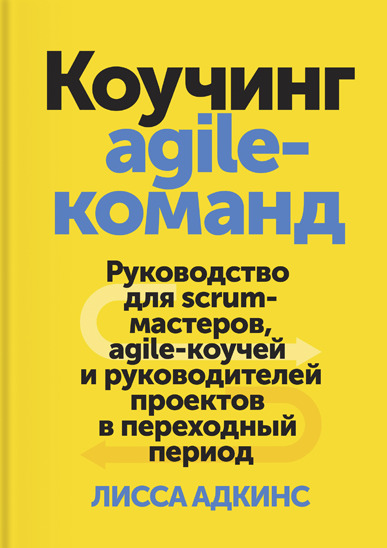What do you think?
Rate this book


416 pages, Kindle Edition
First published May 14, 2010
"Watching a great agile coach is like watching a magician. No matter how closely you watch, you can't quite figure out how she does it."
"Becoming a skilled agile coach, like becoming a magician, starts with learning a set of techniques. From there it's a matter of practice, practice, and more practice."